The difference between African Coffee beans and American Coffee beans different Regional characteristics of the two Coffee producing areas
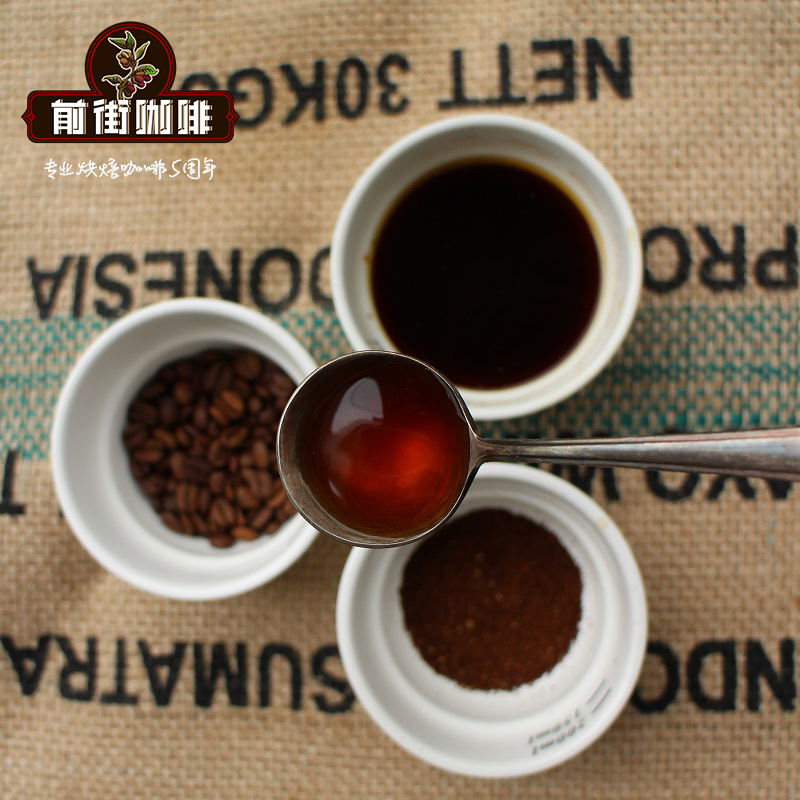
Professional coffee knowledge exchange more coffee bean information please follow the coffee workshop (Wechat official account cafe_style)
Preface
When it comes to boutique coffee, there are some vague definitions, such as variety, treatment and quality identification, but there are also some very clear definitions: only in the most favorable microclimate and soil and water can we grow boutique coffee with unique flavor.
Coffee belt
Coffee trees are only suitable for growing in the tropics or subtropics, so the zone between 25 degrees north and south latitudes is the most suitable for growing coffee. This coffee production zone is generally referred to as "coffee belt" or "coffee area". The ideal planting conditions of coffee trees are as follows: the temperature is between 15 ℃ and 25 ℃, and the annual rainfall must reach 1500mm~2000mm. At the same time, the rainfall time should be matched with the flowering cycle of coffee trees.
Of course, in addition to the coordination of seasons and rainfall, there should also be fertile soil. The most suitable soil for growing coffee should be fertile soil that is well drained and contains volcanic ash.
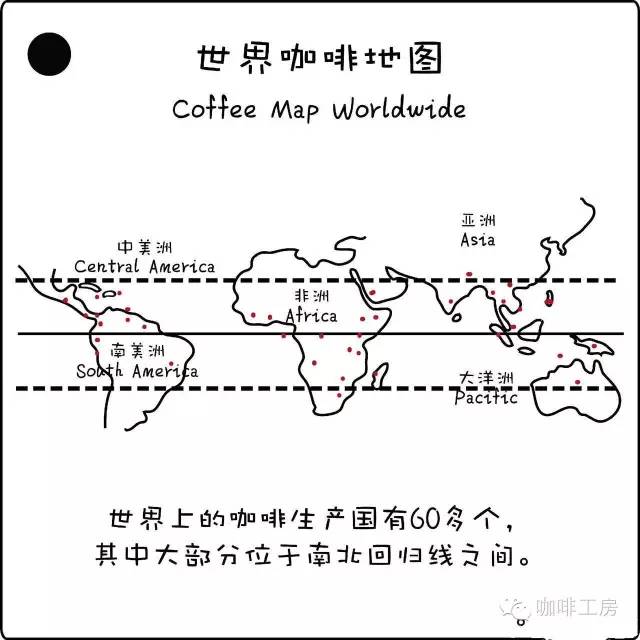
As for the ideal altitude of 1000m~2000m, it can be seen that the conditions for the cultivation of high-quality coffee are quite strict: sunlight, rainfall, soil, air temperature, as well as the way coffee beans are harvested and the production process will affect the quality of coffee itself.
Different regional conditions, coffee beans themselves will have obvious regional characteristics, this is the charm of boutique coffee. Today, we will explain the flavor characteristics and differences of coffee beans produced in the two boutique coffee producing areas of Africa and America.
African coffee
Flavor characteristics: charming acidity
African bean flavor: Ethiopian coffee has a strong orange flavor, Kenyan coffee has a strong raspberry flavor, as well as sour aromas of black plum juice and grapefruit, and sweet sugar cane. The orange aroma of Ethiopian coffee and the raspberry flavor of Kenyan coffee are the biggest features of African beans and attract coffee fans to delve into.
African coffee is generally characterized by strong aroma and charming acidity, its sour brightness is lively and exhilarating, but the mellow African coffee is often slightly thin and the sweetness is not very prominent. This is due to the drought and water shortage in Africa, but most boutique coffee beans still use water washing to treat raw beans to ensure the advantage of quality, low defect rate and rich aroma of flowers and fruits.
African coffee representative:
Kenya Kenya
Kenya grows high-quality Arabica coffee beans, which absorb almost the essence of coffee cherries, with a slightly sour, thick aroma, and are very popular among Europeans, especially in Britain. Kenya Coffee surpassed Costa Rican coffee and became one of the most popular coffees.
Kenyan AA coffee is the best coffee in Africa, with a thick and full texture, slightly acidic, smooth taste and slightly alcoholic aroma. AA represents the highest quality coffee beans in Kenya. Coffee cultivation in Kenya is mainly divided into two types: large farms and cooperatives. The former generally has a large planting area and has independent coffee processing facilities. Most coffee production is done by a large number of small farmers, who form coffee cooperatives. Caffeine in different producing areas has its own subtle flavor due to the difference of microclimate, with rich aroma, bright and dynamic acidity, full and elegant mellow and berry flavor as a whole.
[breed] Kenya [SL28] and [SL34] (bourbon line) were created by Scott Laboratories in 1930, referred to as SL for short. Agronomists wanted to find a pest-resistant and high-yielding bourbon. Through experiments, they obtained SL28, Kenya's high concentration of phosphate soil, which gave birth to the special sour aroma of Kenyan beans and the charming sour taste of plum fruit.
[Kenya AA] the entrance is fresh and clean black Bolin, the nectarine is sour, and the permeability is good. When the temperature drops, the acidity will bring sweet corn, and the whole is very refreshing.
Ethiopia
Ethiopia is an agricultural country with a history and tradition of coffee origin. Yega Chuefei is one of the producing areas south of Sidamo, with about 12 million people engaged in coffee production and is a major exporter of Arabica coffee beans in Africa. The high-quality coffee here is of excellent quality and is worth looking for. It has a soft taste, with wild flavor of wine, and slightly sour taste, unforgettable after drinking.
[variety] if you are a student who likes African beans very much, it should be easy to find that Ethiopian beans are generally of different sizes and have significantly lower evenness than in Kenya. Whether it is Yega Xuefei or Sidamo, whether it is washing or sunlight, sometimes the same batch of coffee beans can be seen to be significantly different in baking color and particle size. Nearly 2000 coffee varieties have been recorded in Ethiopia, including 1927 native varieties and 128 imported varieties. So just by looking at the appearance, Esther's coffee variety is "Grand View Garden", which has everything, long, short, thin, fat.
Sidamo producing area
The coffee flavor of Sidamo is very diverse, because of the different soil composition, regional microclimate and countless native coffee varieties, the coffee produced in each urban area has obvious differences and characteristics. Sidamo producing area (Sidama) is located in the south of Ethiopia. The industry here is dominated by agriculture, and the coffee-growing area is located around the East African Great Rift Valley (Great Rift Valley). The coffee flavor of Sidamo is very diverse, because of the different soil composition, regional microclimate and countless native coffee varieties, the coffee produced in each urban area has obvious differences and characteristics. Sidamo producing area (Sidama) is located in the south of Ethiopia. The industry here is dominated by agriculture, and the coffee-growing area is located around the East African Great Rift Valley (Great Rift Valley).
Sidamo Coffee beans are grayish, thick in some places and small in others, with soft and strong acidity, mellow and sweet and spicy. It is one of the courtyard coffees in the highlands of southern Ethiopia. Unlike ordinary African coffee, Sidamo has clear acidity, smooth taste and delicate floral smell.
Central and South America
Characteristics of taste: balanced, moderate acidity and mellow taste
The flavor of Central and South American beans: generally speaking, the flavor is relatively regular. The Brazilian coffee is soft and sweet, while the Costa Rican coffee is gentle and supple, with a blend of sour, sweet and chocolate aromas.
The overall flavor of Latin American coffee is famous for its balance, and all the flavors in Latin American coffee can be found in Latin American coffee. The widespread use of water to treat raw beans is also one of the characteristics of Latin American coffee, good processing also makes its beans larger and more uniform than African coffee, and the defect rate is lower.
American Coffee Representative:
Brazil (South America)
The largest coffee producer, which accounts for 1/3 of the world's coffee consumption, accounts for 1/3 of the world's coffee consumption and has a place in the global coffee market, although Brazil faces several times more natural disasters than other regions. but its acreage is enough to make up for it.
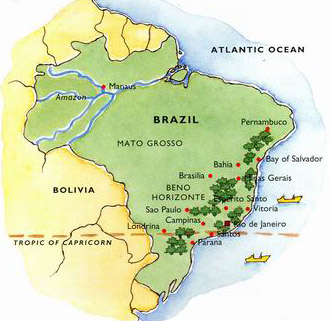
There are many kinds of coffee here, but its industrial policy is large and cheap, so there is not much premium coffee, but it is a good choice for mixing other coffees.
One of the most famous is Sandos Coffee, which tastes mellow and neutral. It can be boiled directly or mixed with other kinds of coffee beans to form a comprehensive coffee. It is also a good choice.
Other kinds of Brazilian coffee, such as Rio and Parana, can be produced in large quantities because they do not need too much care. Although the taste is rough, it is a kind of high-quality and inexpensive coffee, which has its own standards because it is distributed all over the country and varies in quality (NO.2-NO.8 according to the number of sundries, NO.13--NO.19 according to the size of beans, and six grades according to taste). Almost all Arabica varieties are of good quality and stable in price. The most famous one is "Brazil Santos", which has been a necessity of blended coffee and is familiar to the public since ancient times. Recently, the "Guilma Cup" is also highly rated.
The characteristics of ● taste: mild, bitter medium, soft flavor.
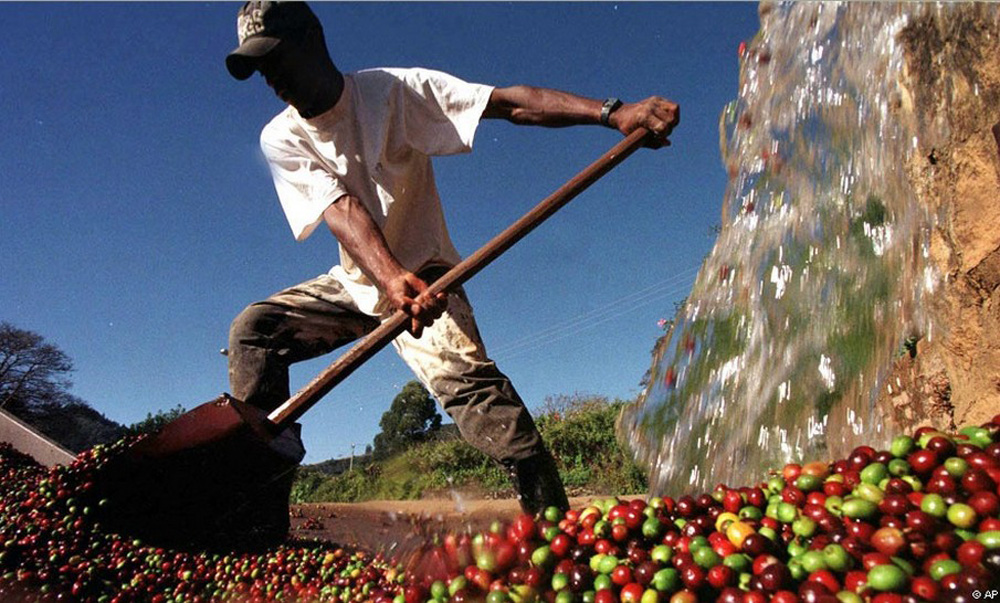
Brazilian coffee fields are endless and are mostly harvested mechanically in order to meet the economic benefits. When 75% of the coffee fruit in the coffee garden turns red, mechanical harvesting is started, followed by the same pre-washing operation, which is moved into the sink to remove floating beans, sift out the sunken beans, and then use a large pulp screening machine to dig out the pulp and remove the pods covered with pectin. The next stage is separate from the washing method: the sticky pods do not need to be moved into the tank to ferment, but to the outdoor bean drying farm. Because of the dry climate in Brazil, the sticky pectin on the pods will harden in about a day or so. Then use a large number of manpower to turn up and down, so that the pods dry evenly inside and outside, so as not to return to moisture and stink. For about two to three days, with the help of the natural forces of sunlight and dry climate, the pods can achieve a certain degree of dehydration. Then further dry with a dryer, the water content is reduced to 10.5%, and the pods are stored in a special container for about 10 days to further mature, in order to stabilize the quality, remove sheep skins (pods) before export, remove coffee beans, and pack them in stages.
Colombia (South America)
Colombia is one of the largest producers of high-quality coffee in the world, a bright pearl in the world coffee map and a coffee land blessed by God. Arabica coffee is grown on steep slopes 800 to 1900 meters above sea level and is hand-picked and washed.
Colombian coffee has a balanced flavor and a smooth taste, just like a gentleman in coffee. He has a wide range of producing areas, such as Medellin, Armenia and Manizales, which are commonly referred to as "MAM".
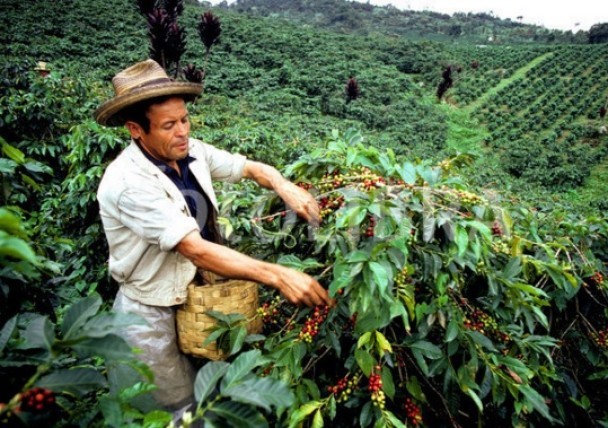
Colombia's boutique bean producing areas are mainly in the south, more than 1500 meters above sea level, including San Augustin, Huila in Huilan province, Popayan,Cauca in Cauca province, Nari ñ o province, and Tolima province, where products have delicate sour and raspberry aromas, caramel aromas and full sweetness.
Honduras (Central America)
Honduras is located in the north of Central America, facing the Caribbean Sea to the north, the Gulf of Fonseca in the Pacific Ocean to the south, Nicaragua and El Salvador to the east and south, and Guatemala to the west, mostly mountains and plateaus. It has a tropical climate, mild temperature and abundant rainfall, so it is an ideal place for coffee growth.
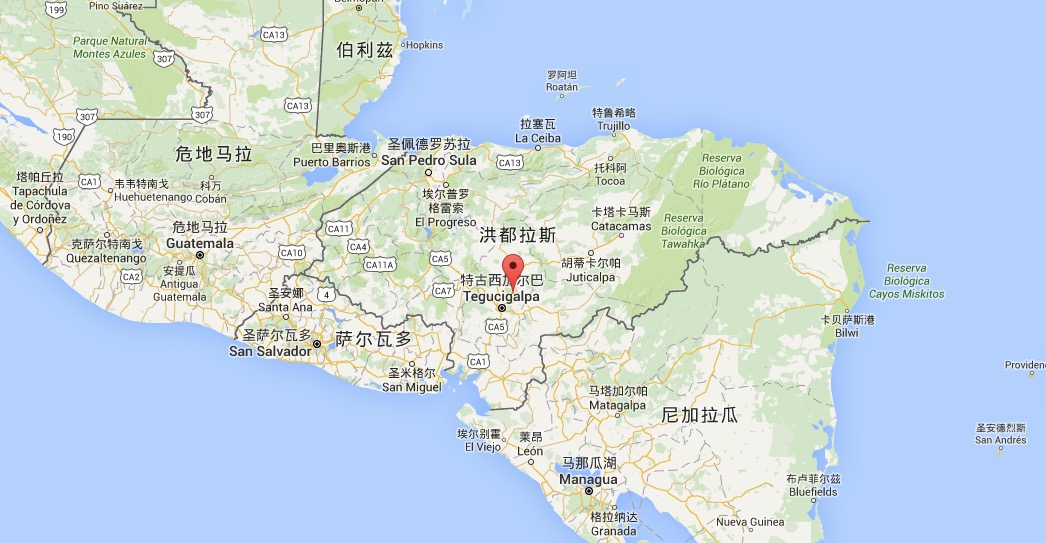
Honduras produces two kinds of coffee of very good quality, which are highly respected by coffee lovers. One is "Highland Coffee", which grows at an altitude of 1000 to 1500 meters, and the other is "selected Highland Coffee", which represents the highest level of Honduras, which grows at an altitude of 1500 to 2000 meters. Most of the Honduran coffee is exported to the United States and Germany.
Twenty years ago in Honduras, almost none of the items such as attention to details, environmental maintenance around the disposal site, investment in treatment equipment, export procedures, logistics and transportation of raw beans could compete with neighboring countries. The quality of raw beans was naturally coarse but not meticulous, and only a few manors or CoE winning batches could be called high-quality products. Since 2007, the situation has improved. Under the leadership of the IHCAFE Coffee Bureau and many far-sighted dry processing plants, Honduras has gradually achieved results in the improvement of the treatment process and the investment in raw bean processing equipment and transportation exports. even though the international market is still low-profile, active bean bakers have invested in Hongguo coffee-producing areas in an attempt to dig out high-quality products. In terms of output, from 2011 to 2012, Honduran coffee even occupies the leading position in Central America, harvesting about 3 million bags (46kg) of coffee every year. In addition to the volume, IHCAFE and the production association and processing plant that are interested in carrying out a series of projects, hoping to provide international buyers with high quality and delicious Honduran coffee.
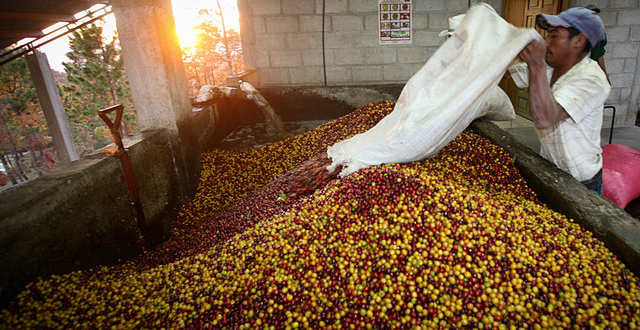
Honduran coffee has a rich and mellow taste, taste is not astringent, not sour, mellow and aroma are very high, quite personality. Honduran coffee can lead to multiple levels of flavor depending on the degree of roasting. Moderate baking can maximize the sweetness of beans, while deep baking increases bitterness, but sweetness does not disappear. Generally speaking, medium roasting has the best taste and rich and unique aroma, which is favored by coffee lovers in Honduras.
Panama (Central America)
Panamanian caffeine is famous in the world, and the reason is that it is closely related to Panama's unique physical and geographical conditions. Panama is the southernmost country in Central America, bordering the Caribbean Sea to the east, the Pacific Ocean to the west, Costa Rica to the north and Colombia to the south-it is an important isthmus connecting North and South America. Under the influence of such geographical factors, Panama has a complex and changeable microclimate, which also creates a unique flavor of Panamanian coffee.
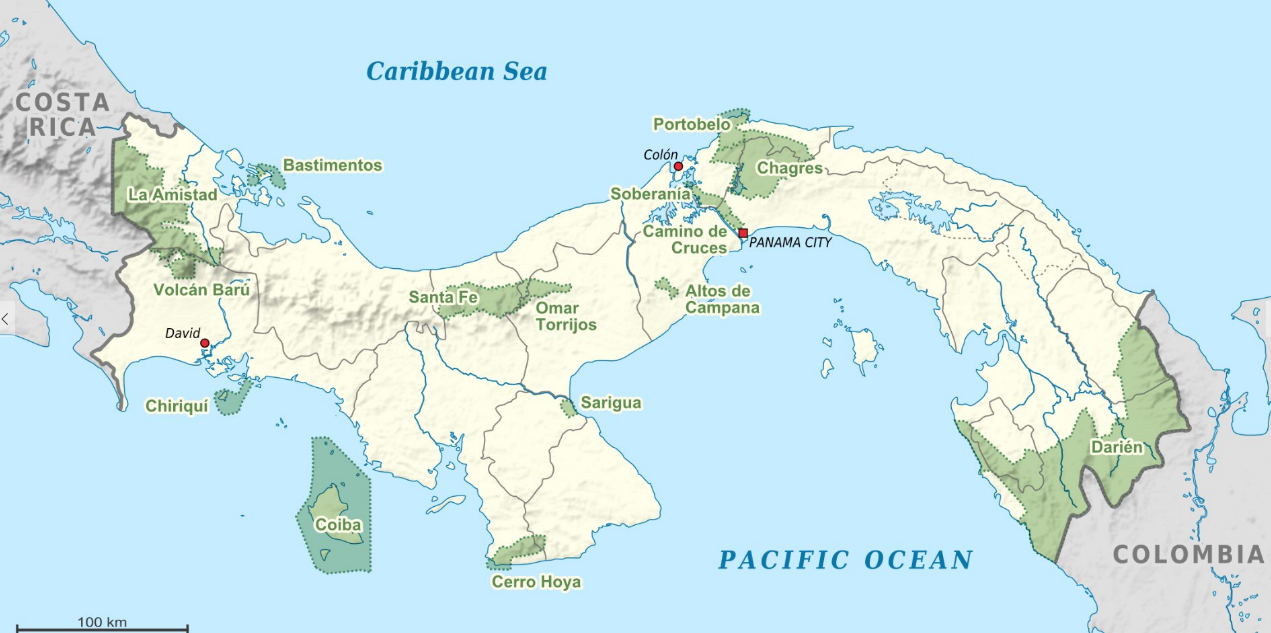
Panama is roughly divided into four producing areas:
Boquete Boquette producing area is 1450 meters above sea level.
The coffee produced in this area is the region with the highest coffee production and the best quality in Panama.
The Volcan Volcano producing area is 2000-3000 m above sea level
The coffee in this producing area is characterized by a mild and balanced flavor, which has gradually attracted the attention of international experts and coffee lovers.
Santa Clara Santa Clara producing area is 1500 meters above sea level
Due to the irrigation of Chorerra Falls and the adjacent Panama Canal, coffee from all over Panama can be easily transported to all parts of the world.
Piedra de Candela Kendra producing area is 1200 meters above sea level
This producing area is the most promising and has the potential to develop high-quality premium coffee.
One of the most prominent highlights in the history of Panamanian coffee is ─ Geisha. The distinctive features of Geisha are more intoxicating than the typical flavor of other Panamanian coffee. Under the expectations of the public, it also has a particularly high risk, high mortality, low yield, not easy pruning, but also requires complex and high-cost treatment in order to maintain its most primitive flavor.
In the baking degree of Geisha, most people will choose shallow roasting, only remove the grass smell of coffee beans, shorten the baking time, in order to retain the bright sour taste of Geisha. In the Bean Hunter, the author ─ Xu Baolin describes that "if you don't know roses and summer beans all your life, you can call it a glutton in vain." this shows its undisputed position in the coffee circle.
The flavor of coffee is unique, a hundred flowers blossom, no matter how you want to drink, taste a cup of coffee is to have some attention and knowledge. Remember, a good cup of coffee in front of you, but do not rush to drink, imagine as in tea or wine tasting, step by step, in order to achieve the real goal of relaxation, refreshing and enjoyment.
Theme ear series-- five individual varieties
Five items cover the three major producing areas of Africa, Central and South America and Oceania
Brazil | Sun Bourbon
Honduras | washed bourbon
Ethiopia | Solar West Dharma
Kenya | wash Niri
Papua New Guinea | washed iron pickup
Ten packs a box, only 29.9 free delivery
(activity time: June 4-6)
Tear, hang, rush, drink
As long as there is hot water, you can taste black coffee.
Very convenient

Photo Source: Internet
Important Notice :
前街咖啡 FrontStreet Coffee has moved to new addredd:
FrontStreet Coffee Address: 315,Donghua East Road,GuangZhou
Tel:020 38364473
- Prev

Yunnan, the main coffee producing area in China, has experienced a low price. How much is Yunnan coffee per jin?
Professional coffee knowledge exchange more coffee bean information please follow the coffee workshop (Wechat official account cafe_style) Yunnan Coffee Industry Association (hereinafter referred to as Yunnan Curry Association) held a media meeting on the 24th, according to the 2018 coffee harvest season in 2017, the price of raw coffee in Yunnan hovered at 13 yuan 15 yuan / kg, approaching the cost price of farmers growing coffee, and even losing money. To this end, the cloud
- Next

What is 90 years? How to divide the grades of raw beans? Litchi / cello washing treatment
What is 90 years? How to divide the grades of raw beans? What kind of treatment? Litchi / cello geisha wash well? Country: Panama name: 90 + Litchi Cello W2 production area: Silla Del Pando, Volcan, Panama Grade: W2 L21 altitude: 1250 1650m Variety: Geisha Flavor description: litchi, green tea, rose, lemon, about to mature
Related
- Detailed explanation of Jadeite planting Land in Panamanian Jadeite Manor introduction to the grading system of Jadeite competitive bidding, Red bid, Green bid and Rose Summer
- Story of Coffee planting in Brenka region of Costa Rica Stonehenge Manor anaerobic heavy honey treatment of flavor mouth
- What's on the barrel of Blue Mountain Coffee beans?
- Can American coffee also pull flowers? How to use hot American style to pull out a good-looking pattern?
- Can you make a cold extract with coffee beans? What is the right proportion for cold-extracted coffee formula?
- Indonesian PWN Gold Mandrine Coffee Origin Features Flavor How to Chong? Mandolin coffee is American.
- A brief introduction to the flavor characteristics of Brazilian yellow bourbon coffee beans
- What is the effect of different water quality on the flavor of cold-extracted coffee? What kind of water is best for brewing coffee?
- Why do you think of Rose Summer whenever you mention Panamanian coffee?
- Introduction to the characteristics of authentic blue mountain coffee bean producing areas? What is the CIB Coffee Authority in Jamaica?

